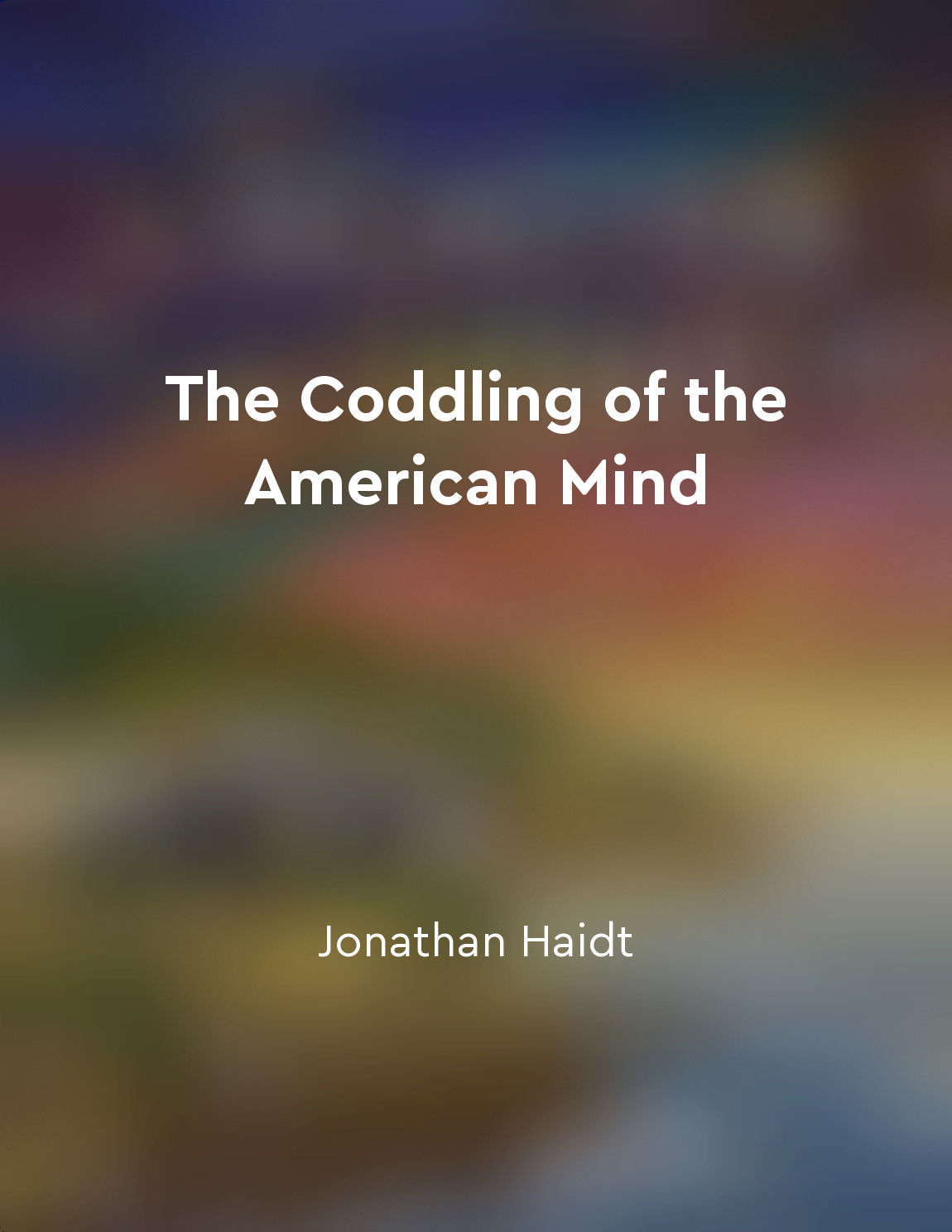Create a safe space for students to share their ideas from "summary" of Making Thinking Visible by Ron Ritchhart,Mark Church,Karin Morrison
Creating a safe space for students to share their ideas is crucial for fostering a classroom environment where open communication and collaboration can thrive. When students feel comfortable and supported in expressing their thoughts and opinions, they are more likely to engage in meaningful discussions and contribute valuable insights to the learning process. To establish this safe space, teachers must demonstrate respect for all perspectives and encourage a sense of belonging among students. This can be achieved by actively listening to students, validating their contributions, and modeling positive communication behaviors. By valuing and acknowledging the diverse perspectives of each individual, teachers can create a culture of inclusivity and mutual respect within the classroom. In addition, setting clear expectations for respectful dialogue and creating norms for collaborative discussion can help students feel secure in sharing their ideas. Teachers can establish guidelines for communication, such as active listening, constructive feedback, and asking clarifying questions, to ensure that all voices are heard and respected during discussions. Furthermore, creating opportunities for students to practice sharing their ideas in a supportive environment can help build their confidence and communication skills. By providing structured activities, such as think-pair-share exercises or small group discussions, teachers can encourage students to express their thoughts and opinions in a low-pressure setting before sharing with the whole class.- By intentionally creating a safe space for students to share their ideas, teachers can promote a culture of openness, respect, and collaboration in the classroom. This not only enhances students' learning experiences but also empowers them to develop critical thinking skills, build empathy, and engage in meaningful dialogue with their peers.
Similar Posts
The lack of intellectual diversity hinders critical thinking
William F. Buckley argues that within the confines of Yale University, a lack of intellectual diversity hinders critical thinki...
Offer meaningful feedback to students
When providing feedback to students, it is essential to make sure that the feedback is meaningful and impactful. Students need ...
Embracing the knowledge illusion leads to greater wisdom and understanding
Our minds are not just housed in our brains; they are distributed across the people we interact with and the world we live in. ...
Historical determinism is a dangerous concept
The belief in historical determinism, the idea that historical events are predetermined by some kind of historical law or neces...
Be adaptable and responsive to changing circumstances
In facilitation, it is crucial to be able to adapt and respond to changing circumstances in order to effectively guide groups t...
Mastery of concepts is key
One of the fundamental ideas that underpin effective teaching is the notion that mastery of concepts is key. This concept empha...

Trigger warnings inhibit critical thinking
The idea that trigger warnings inhibit critical thinking is based on the premise that shielding individuals from potentially di...

Chemistry teacher faces challenges with personal life
As she stands at the front of the classroom, Ms. Betheen is the epitome of a dedicated chemistry teacher. Her passion for the s...
The book promotes a holistic approach to learning Science
The approach to learning Science put forth in this book is comprehensive and all-encompassing. It goes beyond mere memorization...
Realworld problems should be incorporated into the curriculum
In every school, all around the world, the curriculum is meant to prepare students for the challenges they will face in the rea...

